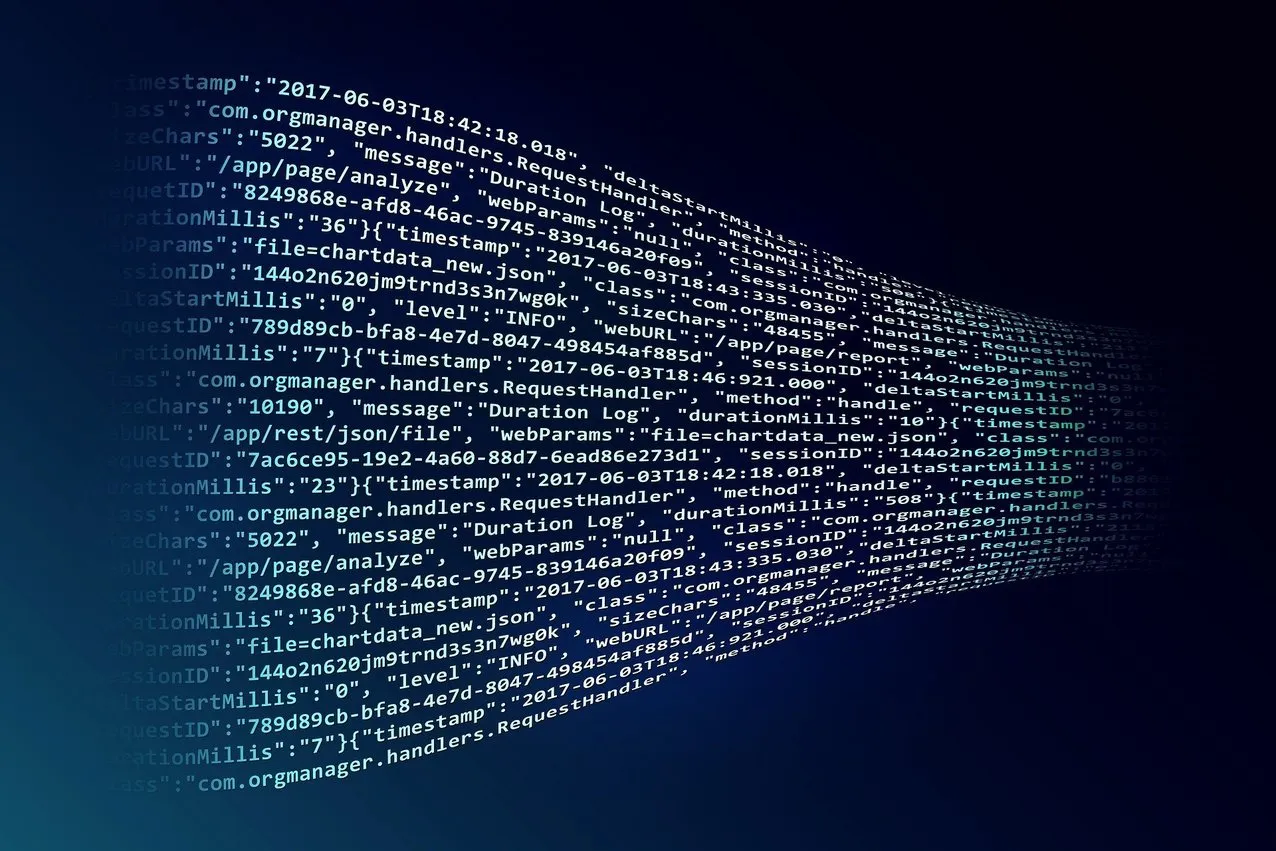
Is There A Difference Between RPA And ‘Traditional’ Software Automation?
15 June 2022
With automation so prevalent a topic in business software technology, it's easy to think that Robotic Process Automation (RPA) is just a particular application of more conventional software automation techniques. The motivating factors behind ‘traditional’ automation are broadly similar after all: efficiency, timesaving, accuracy and improved revenues. However, it's worth looking closer at the question of RPA vs traditional automation, as the differences can be instructive on how best to use this technology.
Technological Difference
A fundamental difference between RPA and automation in the conventional sense stems from the technology that supports their modes of operation. Traditional automation usually involves changes to the underlying software systems. It requires integration at a software level to allow the automated processes to take control of existing functionality. Typically, this involves exposing APIs in the existing code. Even with good software engineering standards, this can be time-consuming and expensive to develop. In less capable hands it can result in messy and error-prone systems.
RPA, by contrast, doesn't touch the underlying systems. Instead, it sits on top of existing platforms and uses their user interfaces to control them, just as a human operator would. It uses machine learning programs to develop the necessary capacities to control any given system. With no changes to the underlying software, RPA is quick and simple to deploy and more affordable than traditional automation.
Legacy Collaboration
With traditional automation vs RPA, the integration style of each approach is significant for legacy support. The technological difference described above is a key factor in determining which systems are suitable for automation. Software standards move fast, and it can be immensely difficult to integrate legacy systems with contemporary ones. Incompatible servers, database support and archaic code standards all make legacy integration complicated and sometimes cumbersome. What's more, because legacy systems may not support modern security standards, this kind of integration can expose business data to breaches and hacking.
RPA uses only the UI layer of existing software. By replicating the onscreen actions of human users, it can integrate with virtually any digital system that works in a structured manner.
Turnaround Time
The complex programming of both legacy APIs and the requisite automation code can be immensely time-consuming. The code architecture of older software systems is often not of the same standard as contemporary systems, and it can take a lot of knowledge of the code-base to make changes. These code changes also require a rigorous QA process to ensure correct functionality and security.
Once live, the automated system is likely to be buggy and require more support. RPA bots, on the other hand, can be instructed to perform specific actions in a very short time, and because their basic functionality has not been re-coded, testing requirements are much less onerous.
Customisation
RPA is capable of rapid customisation, unlike traditional automation, which is generally tied rather inflexibly to its initial target system. RPA can be controlled with bespoke scripts without complex coding knowledge and can facilitate existing integrations like ERP, calendaring, email clients and CRM platforms.
Next Steps
Cevitr provide a range of business-focused RPA solutions to help businesses save money, save time, and improve productivity by streamlining the processes. To find out more or to request a quote, please contact us today.
Image Source: Pixabay